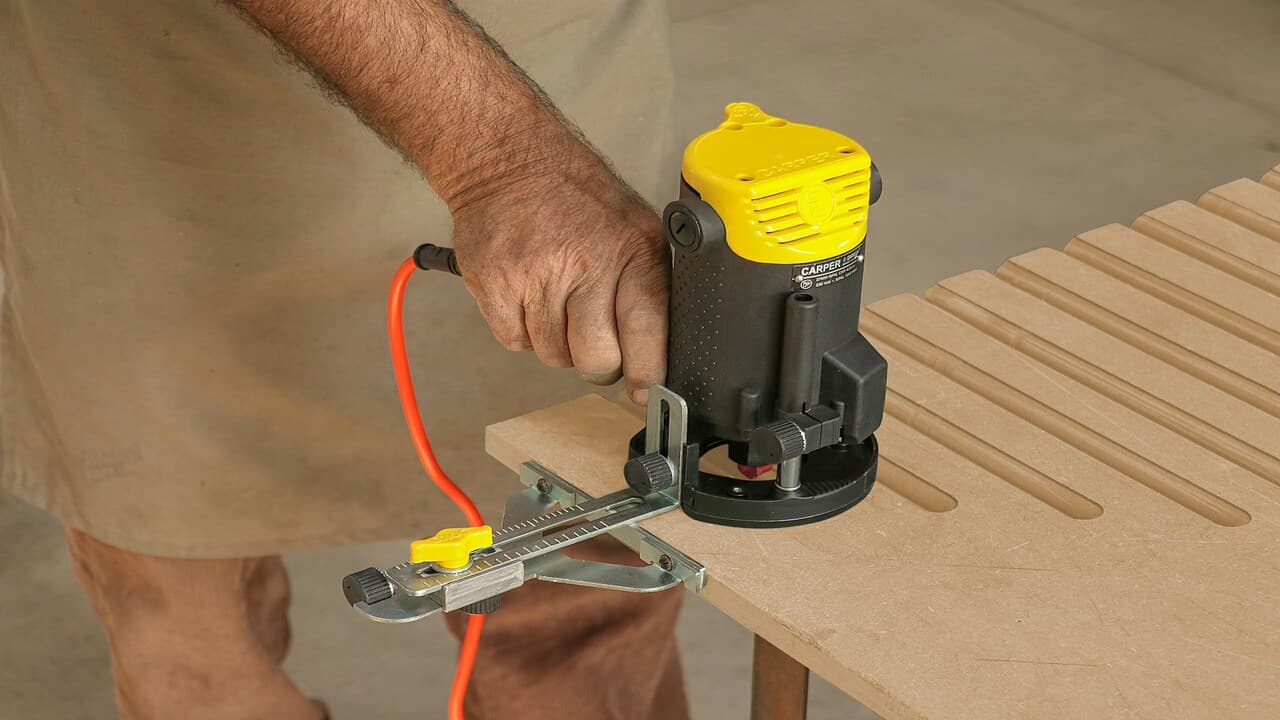Mastering Snipping Shortcuts for Efficiency
In today's fast-paced digital world, efficiency is key. One simple yet effective way to enhance your productivity is by mastering the art of using snipping shortcuts on Windows. Whether you're a student, a professional, or just someone who frequently works on a computer, knowing how to quickly capture your screen can save you a lot of time. This guide will walk you through everything you need to know about snipping shortcuts.
Understanding the Snipping Tool
The Snipping Tool is a built-in Windows application that allows you to capture screenshots easily. It has been around since Windows Vista and continues to be a favorite for users who need to capture part of their screen. You can capture the whole screen, a window, or just a specific area.
How to Open the Snipping Tool
To open the Snipping Tool, you can search for it in the Start menu. However, a faster way is to use a keyboard shortcut. Simply press Windows Key + Shift + S. This will open the snipping toolbar at the top of your screen, allowing you to choose the type of snip you want to make.
Types of Snips You Can Make
When you open the Snipping Tool or press the snipping shortcut, you have several options for capturing your screen:
Free-form Snip
This option allows you to draw a free-form shape around the area you want to capture. It's great for when you need to capture an irregular shape.
Rectangular Snip
This is the most commonly used type of snip. It allows you to click and drag a rectangle around the area you want to capture.
Window Snip
The Window Snip option lets you capture a specific window. After selecting this option, simply click on the window you want to capture.
Full-screen Snip
As the name suggests, this captures the entire screen. It's useful when you want to capture everything that is currently visible on your monitor.

Snipping Tool Shortcuts and Commands
Learning shortcuts can drastically increase your efficiency. Here are some essential shortcuts for using the Snipping Tool:
Snipping Shortcut Keys
- Open Snipping Tool with Keyboard: Windows Key + Shift + S
- Capture Full-screen Snip: PrtScn (Print Screen)
- Capture Active Window: Alt + PrtScn
- Open Snip & Sketch: Windows Key + Shift + S
Where Do Snips Go?
Once you've taken a snip, it is automatically copied to your clipboard. You can paste it directly into a document or an email by pressing Ctrl + V. If you want to save it as a file, open the Snip & Sketch app to edit and save your screenshot.
Using Snip & Sketch for More Options
Snip & Sketch is a newer application introduced in Windows 10. It offers more features and flexibility compared to the traditional Snipping Tool.
How to Use Snip & Sketch
To open Snip & Sketch, you can search for it in the Start menu or use the shortcut Windows Key + Shift + S. Once opened, you can take a snip and then annotate, crop, or save it.
Snip & Sketch Shortcuts
- New Snip: Ctrl + N
- Save Snip: Ctrl + S
- Copy Snip: Ctrl + C
- Annotate: Use the pen, pencil, or highlighter tool within the app
Practical Tips for Using the Snipping Tool
Mastering the Snipping Tool isn't just about knowing the shortcuts. Here are some practical tips to make the most of this tool:
Customize Your Snipping Experience
You can customize the Snipping Tool settings to suit your needs. For instance, you can change the default delay time before a snip is taken, which is useful for capturing drop-down menus or tooltips.
Combine Snips with Other Tools
For a comprehensive documentation process, consider using the Snipping Tool in conjunction with other applications like Microsoft Word or PowerPoint. This allows you to create detailed documents with annotated screenshots.
Keep Your Snips Organized
Save your snips in a dedicated folder with descriptive names. This makes it easier to find them later, especially if you take a lot of screenshots.
by Christopher Bill (https://unsplash.com/@umbra_media)
Troubleshooting Common Snipping Tool Issues
Even with a handy tool like the Snipping Tool, you might run into some issues. Here are common problems and how to solve them:
Snipping Tool Not Working
If the Snipping Tool doesn't open or work properly, try restarting your computer. Ensure that your Windows is up to date, as updates often fix bugs and improve functionality.
Snips Not Saving
If your snips aren't saving, check your settings in Snip & Sketch. Make sure you have selected a valid directory to save your files.
Snipping Tool Shortcuts Not Responding
Ensure that your keyboard is functioning correctly. If the shortcuts still don't work, try resetting your keyboard settings in Windows.
Conclusion
Mastering snipping shortcuts can significantly boost your efficiency and productivity. By knowing how to quickly access the Snipping Tool and understanding the different types of snips you can make, you'll be able to capture and share information with ease. Don't forget to explore Snip & Sketch for more advanced features and keep your snips organized for easy access. With these skills, you'll be a snipping pro in no time!






